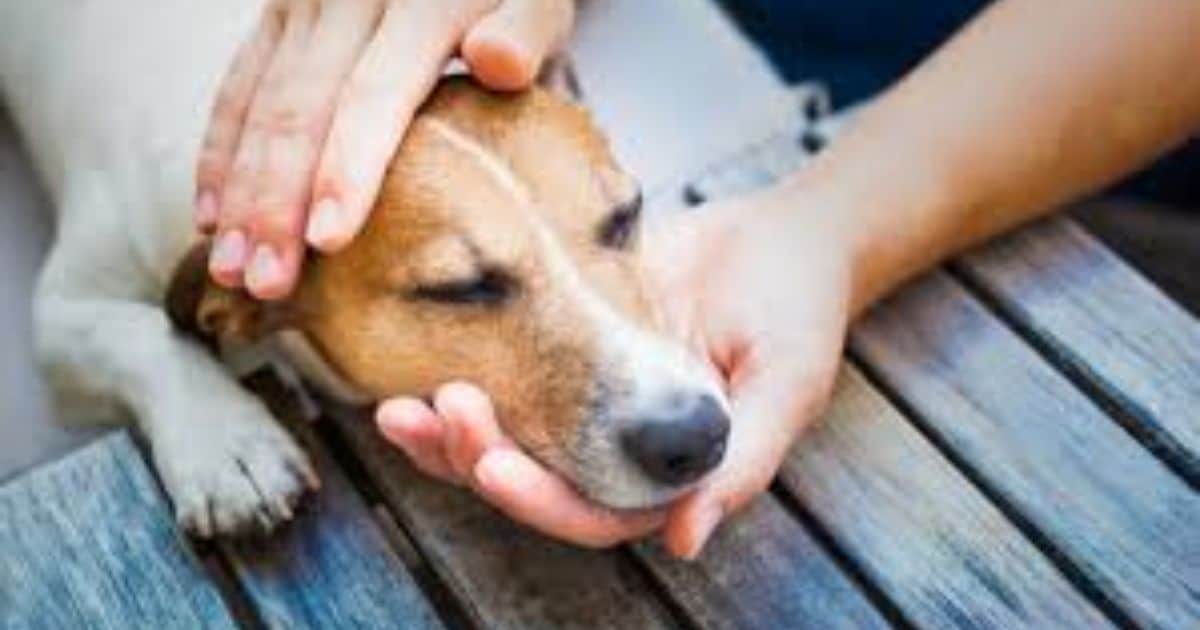As a dog owner, you’ve probably experienced your fair share of heart-stopping moments. But few compare to the panic of realizing your furry friend has decided to make a snack out of a tampon.
Don’t worry, you’re not alone in this hygiene hazard! Let’s dive into everything you need to know about this common pet health issue, from understanding the risks to ensuring a safe passage for your four-legged companion.
Understanding the Risks When Your Dog Eats a Tampon
When it comes to dog ingestion of foreign objects, tampons are particularly tricky. They’re designed to absorb and expand, which is great for their intended use but not so great in your pup’s digestive system.
The Danger of Bowel Obstruction
The primary risk when a dog eats a tampon is intestinal blockage. As the tampon absorbs fluids in your dog’s digestive tract, it can swell up, potentially causing a serious obstruction. This isn’t just a minor digestive issue – it can be life-threatening if not addressed promptly.
Signs of bowel obstruction include:
- Vomiting
- Loss of appetite
- Abdominal pain
- Lethargy
- Difficulty defecating
“A bowel obstruction is like a traffic jam in your dog’s digestive system. Everything comes to a standstill, and nothing can get through,”
explains Dr. Sarah Wooten, DVM
Toxic Shock Syndrome and Dogs
While rare, there’s also a risk of bacterial infection, similar to toxic shock syndrome in humans. This can occur if the tampon remains in the digestive tract for an extended period.
Symptoms of toxic shock in dogs:
- High fever
- Vomiting
- Diarrhea
- Weakness
- Rapid heart rate
MORE READ: Can Dogs Eat Salt And Vinegar Chips Safely?
Recognizing the Symptoms of Distress
Knowing what to look for can help you act fast if your dog is experiencing complications from tampon ingestion.
Vomiting and Lack of Appetite
If your dog starts vomiting or turns their nose up at dinner, it’s time to pay attention. These are often the first signs of stomach upset related to foreign object ingestion.
Abdominal Pain and Bloating
A belly ache in dogs isn’t always easy to spot, but watch for:
- Restlessness
- Whining or crying
- A hunched posture
- Reluctance to be touched on the abdomen
Bloating can be a sign of a more serious blockage. If your dog’s belly looks swollen or feels hard to the touch, it’s time to call the vet.
Changes in Bowel Movements and Behavior
Keep an eye on your dog’s potty habits. Straining to defecate, producing small amounts of stool, or passing stool with visible blood are all red flags.
Animal behavior can also clue you in. Watch for:
- Unusual lethargy
- Agitation or restlessness
- Loss of interest in play
- Excessive drooling
How Long to Pass It Safely?
The million-dollar question: how long until that tampon makes its exit? Let’s break it down.
Typical Digestion Timeline in Dogs
Food transit in dogs varies based on several factors:
| Factor | Impact on Digestion |
| Size of dog | Larger dogs typically have slower digestion |
| Age | Younger dogs often have faster metabolism |
| Diet | High-fiber diets can speed up digestion |
| Activity level | Active dogs may digest faster |
On average, it takes about 10-24 hours for food to move through a dog’s digestive system.
When to Expect the Tampon to Pass
For a tampon, we’re looking at a slightly different timeline. Due to its absorbent nature, a tampon can take longer to pass – typically 24 to 72 hours.
Best-case scenario: Your dog passes the tampon naturally within a couple of days without any complications. You might see it in their stool, looking much like it did going in (gross, but a relief!).
When to worry: If 72 hours have passed with no sign of the tampon and your dog is showing any symptoms of distress, it’s time to take action.
Immediate Actions to Take if Your Dog Ate a Tampon

Quick thinking can make all the difference in these situations. Here’s what to do:
Safe Removal if Tampon is Visible
If you catch your dog in the act or immediately after, and you can see the tampon, you might be able to remove it safely. But proceed with caution!
- Stay calm – your dog will pick up on your energy
- Gently open your dog’s mouth
- If you can see the tampon, try to grasp it carefully
- Do not pull if you feel resistance
Remember, safety precautions are crucial. If you’re not confident or if your dog seems distressed, leave it to the professionals.
When to Seek Help from a Veterinarian
Don’t hesitate to call your vet if:
- You couldn’t remove the tampon safely
- Your dog is showing any symptoms of distress
- It’s been more than 72 hours with no sign of the tampon passing
Prompt intervention can prevent a minor issue from becoming a major health crisis.
Veterinarian Advice: From Diagnosis to Treatment
If you end up at the vet’s office, here’s what you can expect:
- Physical examination: Your vet will feel your dog’s abdomen and check for signs of discomfort or bloating.
- Imaging: X-rays or ultrasounds may be used to locate the tampon and check for blockages.
- Treatment options:
- Inducing vomiting (if the ingestion was recent)
- Endoscopy to remove the tampon
- In severe cases, surgery may be necessary
Case Study: Max the Mischievous Mutt
Max, a 3-year-old Labrador, ate a tampon while his owner was out. When she returned and discovered the empty wrapper, she called the vet immediately. The vet advised monitoring Max closely. After 48 hours with no symptoms and no sign of the tampon, Max’s owner brought him in for an x-ray. The tampon was visible in his intestines but appeared to be moving. With some medication to help things along, Max passed the tampon safely the next day. The lesson? Quick action and professional advice saved the day!
Keeping Your Dog Safe from Sanitary Products
Prevention is always better than cure. Here are some tips to keep your furry friend safe:
- Store tampons and other sanitary products in closed cabinets or high shelves
- Use a trash can with a secure lid in the bathroom
- Never leave tampons or wrappers in open purses or bags
- Teach your dog the “leave it” command
Tips and Tricks to Prevent Similar Incidents
- Training: Consistently reinforce commands like “leave it” and “drop it”
- Enrichment: Provide plenty of safe chew toys to satisfy your dog’s urge to explore with their mouth
- Exercise: A tired dog is less likely to get into mischief
- Supervision: Keep a close eye on your dog, especially in areas where they might find tempting but dangerous items
ALSO READ THIS POST: My Dog Shakes, Acts Weird, Won’t Eat: What’s Up?
Conclusion
Dealing with a dog who’s eaten a tampon can be scary, but armed with the right knowledge, you can navigate this situation safely. Remember, quick action, careful observation, and professional help when needed are key to ensuring your pup’s wellbeing.
Stay vigilant, keep those tampons out of reach, and remember – this too shall pass (pun intended)!

Davin Connor is an experienced author with 3 years in pets writing. Known for concise, informative content, he shares expertise on pet care, behavior, and health through his engaging articles.






